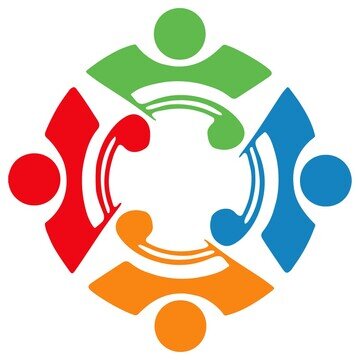74. Don't try to change people ... it doesn't work!
Have you ever had the thought, “Things would be great, if only my partner/boss/child/insert-name-here would change?!” I’ve been guilty of this. Daily. But telling people what to do rarely works. Try these approaches instead.
Data point of the week
On her podcast episode, 3 Things You Need to Accept About Other People, Mel Robbins cites research on “myside bias” … which is pretty what it sounds like. We have a strong bias toward our own opinions and perspectives. New information is filtered through the “myside” lens, and we cherry-pick what reinforces our existing beliefs and discard what doesn’t. That’s why it’s so hard to change people’s minds.
In fact, according to the research, when we lecture someone (preach, teach, push, persuade, convince, cajole, etc.), it results in the other person changing their behavior 3% of the time.
3%!!!
Whereas when someone feels like it’s their idea to change their behavior, they’re successful 37% of the time. Still not great odds, but a more than 10X likelihood of change!
Reflection
This makes complete sense to me. I DO NOT like being told what to do. It’s one of things that appealed to me about entrepreneurship—no boss!
The stats are a little harder to believe in when it comes to trying to change someone else😂!
The closer we are to someone, the more likely we are to want to change them … which means my partner bears the brunt of my change efforts. It’s hard to resist when it’s SO obvious (to me) that my way is better! Or that she would be happier/healthier/etc. if she just changed fill-in-the-blank behavior! I still try to convince her to change, even when—after almost two decades of using this approach—it clearly doesn’t work. In fact, it’s led to my partner calling me the b-word (bossy) more than once!
So, if you can’t change other people, what are the options?
Connection Skill & Action Step: Don’t try to change other people
Trying to change other people by lecturing or telling is not only ineffective, it also can damage relationships. It can convey, “I don’t like/value/accept you as you are” or even, “you’re not good enough.” This erodes the trust and respect that’s essential to healthy relationships.
So, what do we do if we’re a supervisor, manager, or parent, trying to coach behavior change? Or when a friend or partner’s behavior has a negative impact on us?
Here are a few approaches:
Ask vs. tell. This is especially effective when the other person doesn’t realize their behavior is having a negative impact, and when you’re asking for a small changes. For example, “Can you please (let me know when you’re running late) because (it helps me adjust the plan accordingly). Adding the “because...” explains why it’s important to you and makes people more likely to follow through.
Learn their point of view. How do they see the behavior? If they recognize it as problematic, then you can explore their ideas for addressing the issue and ask how you can support them in making changes. Imagine this kind of conversation in a performance review rather than simply identifying where performance is lacking. If the person doesn’t see the identified behavior as problematic, then:
Set expectations and/or boundaries. While you can’t force another person to change, you can clearly define the values and behavioral expectations of your workplace, school, college, or community. For example, “We expect _______.” In interpersonal relationships, you can set boundaries around a specific behavior or topic, such as, “I really like knowing when people are planning to visit so I can make sure it’s a good time and I’m available. Can you please let me know when you’re planning to come by instead of just dropping in?
Separate the behavior and person. When you’re are having a conversation about behavior change, make sure your language conveys that it’s the behavior—not the person—that’s the problem.
Accept. There are times when we need to accept people for who they are and recognize that we all have strengths, limitations, and quirks, no matter how frustrating they can be! Try asking yourself, is this a situation where the other person’s behavior truly needs to be addressed, or do I need to accept that other people have different priorities and ways of doing things?
Questions to reflect on or to spark conversation. Please share your responses in the comments—we love hearing from you!
Do you think it’s possible to change another person? Or should you accept them as they are?
How do you feel when someone is trying to change you?
Want to get a connection tip (like this one) delivered to your inbox weekly? Sign up for my newsletter!
There may be better ways to address annoying behavior…



